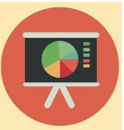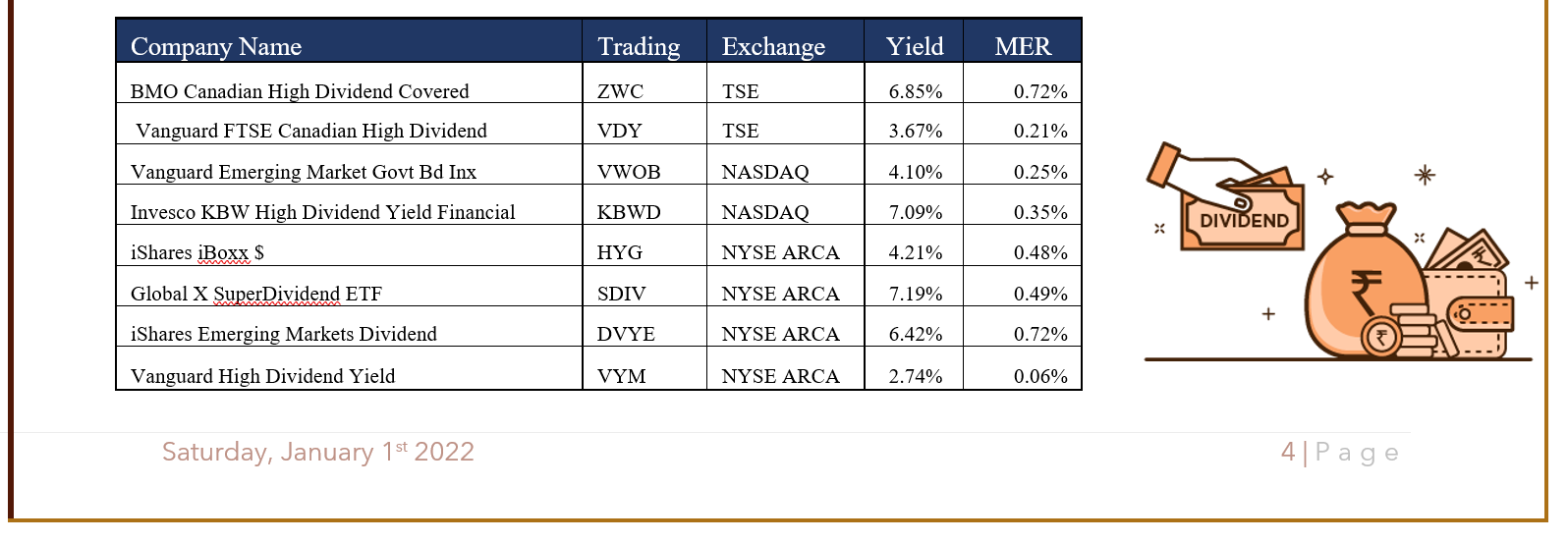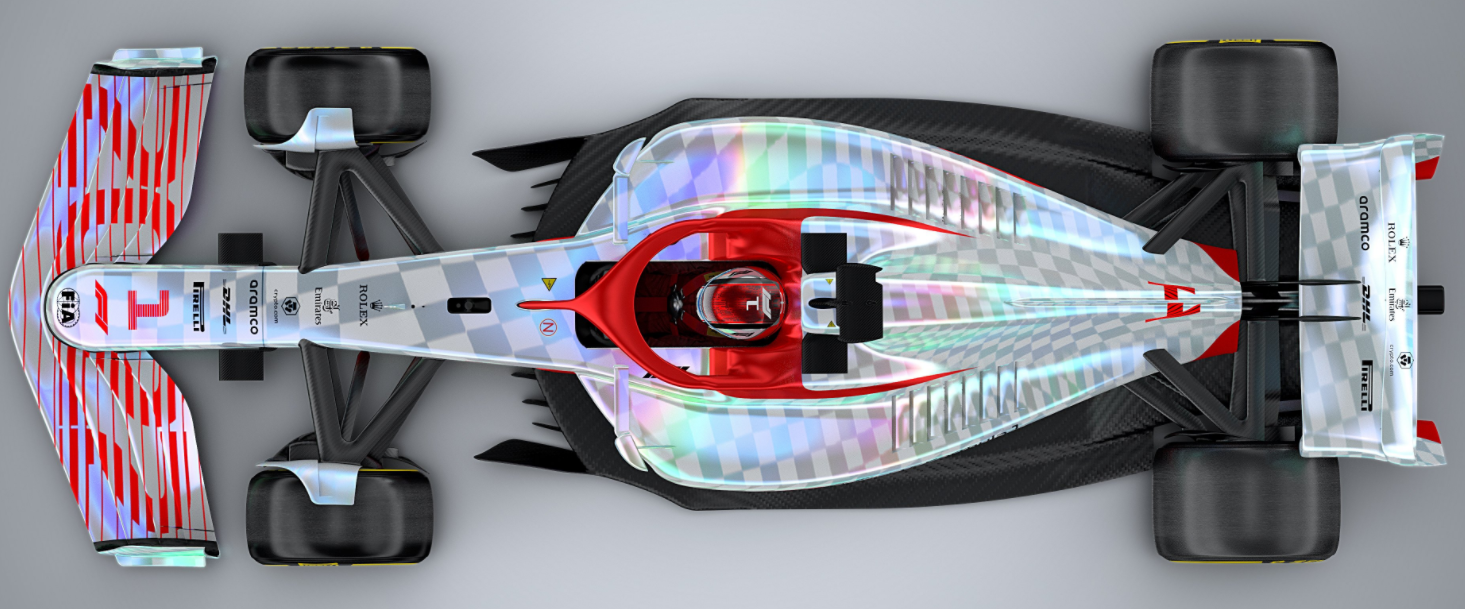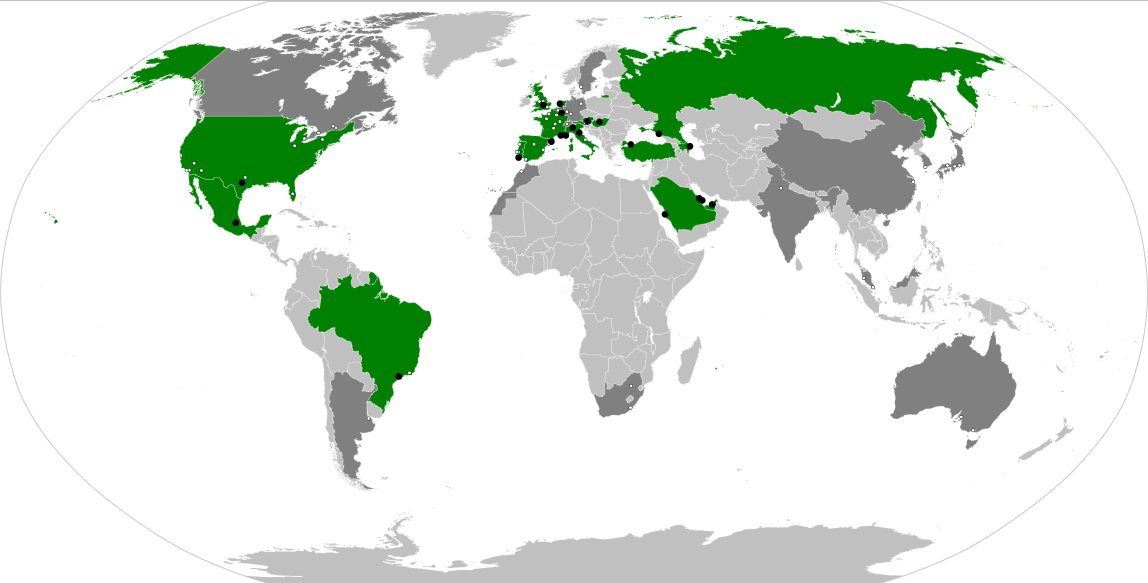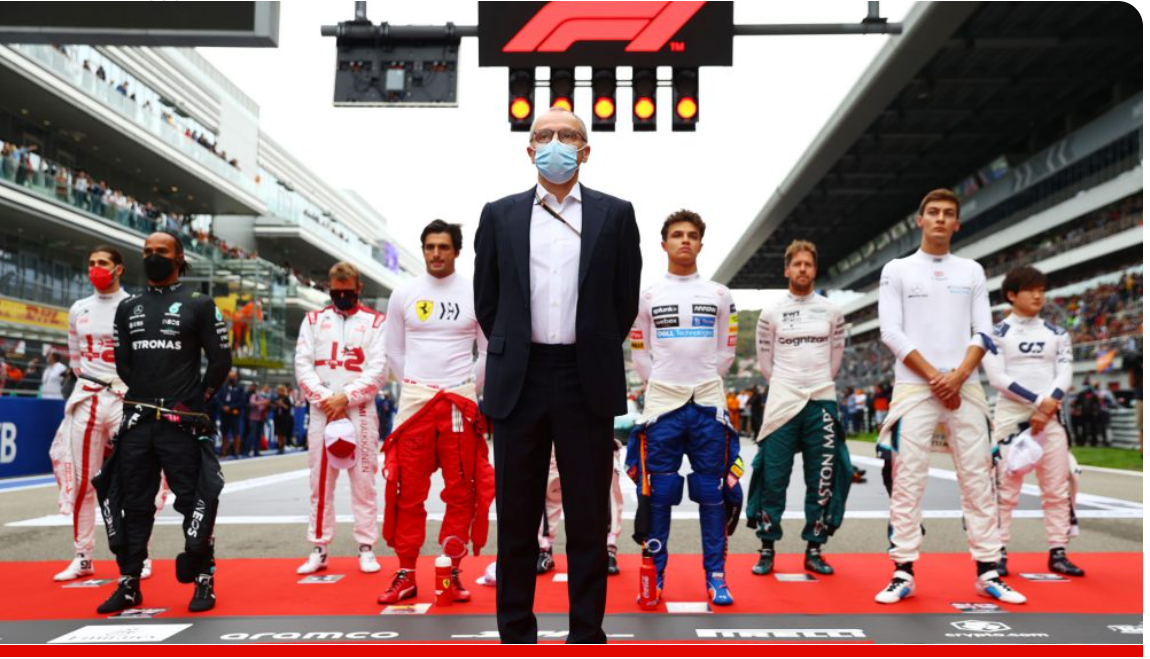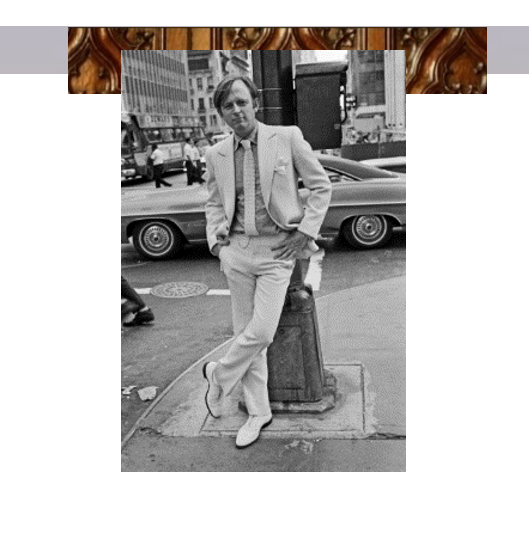
Twenty Third Edition
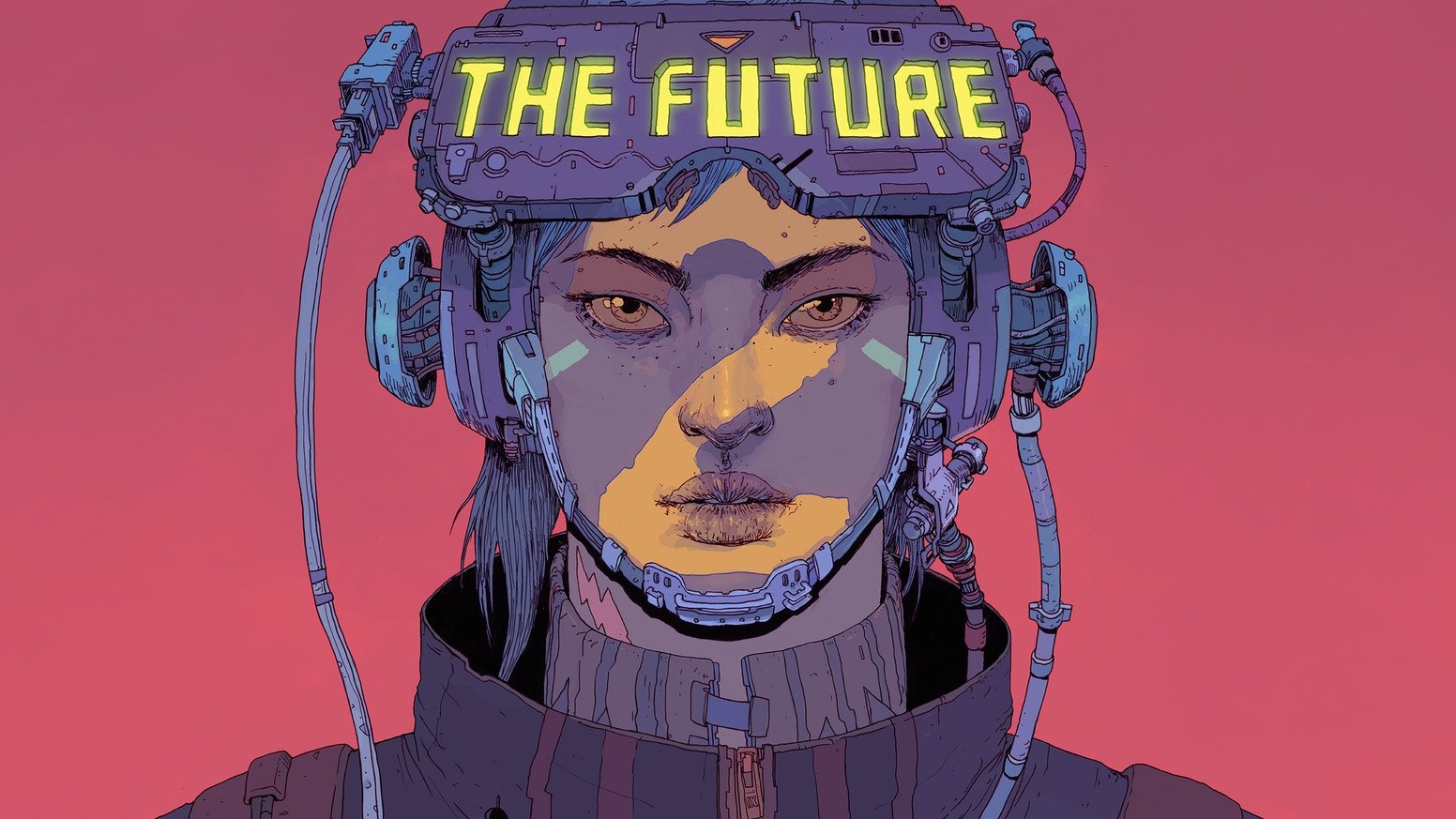
Content
-
The Future is Now
-
Market Finances
Restructure Past Infrastrucutre
-
Forecast
(The Long Game) Dividends and Exchange Traded Funds
-
Politics & Religion
The Metaverse beyond this one
-
Sport & Combat
Start your Engines…
-
Mixtape XXIII
“Virgil was Here”
-
Fashionscape
What’s next to follow
The Future is Now
Inflation pushes up, COVID drags on, and our patience wears thin.
Globe /
Pandora Papers exposes elitist tax havens. Pegasus Spyware exposes everyone’s phone to government oversight. Frances Haugen exposes Facebook’s questionable practices. Yet the Ghislaine Maxwell trial is not exposed on most media platforms.
Chinese Hypersonic weapon confounds scientists in U.S. military. NASA resets visit the moon to 2025, the James Webb Space Telescope launches into orbit to replace the Hubble Telescope in cosmological imaging, DART is launched to divert future near-Earth asteroid Didymos, and “Space Junk” debris threatens the ISS.
Glasgow’s COP26 leaves many wanting for substance, Elon Musk sells 5B of Tesla stock after a Twitter poll. Bill Gates warns of weaponized ‘Germ Games’, not soon after vials labelled ‘Smallpox’ casually discovered in Merck facility in Philadelphia. Deadliest malaria parasite neutralized with new vaccine.
Europe /
UK faced fuel shortages due to Brexit and less hauling drivers. Swedish PM Andersson resigns within hours after losing confidence in her budget. Scholz replaces Merkel as chancellor of Germany. Poland stands up to potential EU sanctions, while migrants pass through Belarus line up on Polish border. Russia and NATO lined up on Ukraine border. Tensions between Armenia and Azerbaijan remain strong. Turkey buys Russian S-400 surface-to-air missile system.
North America /
US revokes China Telecom’s license due to ‘national security’, diplomatically boycotts Beijing Olympics due to PRC human rights abuses, yet defends drone attacks on Syrian civilians. Meteoric rises in Inflation draw release 50M Barrels from US Oil Reserve to curb gasoline costs. Devastating floods impact Western Canada, and Wet’suwet’en land defenders fight Coastal GasLink pipeline. Barbados becomes the world’s newest Republic as it celebrates independence from the UK.
Africa and Middle East /
Iraqi PM Al-Kadhimi dodges assassination attempt in drone strike, Iran fails to solidify Nuclear deal and tests US Warship with Navy helicopter in the Gulf of Oman. Saudi Arabia resupplies with 650M of US weaponry. Kuwait PM Sheikh Sabah Al-Khalid Al-Sabah resigns and is reappointed. UAE shifts to Sat-Sun weekend.
South America /
Ortega locks 4th term after Nicaraguan elections drawing concern of fairness, Peru’s Castillo has past 100 days and leaning towards impeachment, and Chile elects youthful left progressive Boric. Colombian military captures drug kingpin Dairo Antonio “Otoniel” Usuga, and Brazil sees a drop in COVID related deaths after an awful year.
Asia /
India buys Russian S-400 surface-to-air missile system, and clamps down on cryptocurrency. Afghanistan faces food shortage for 20M people. Australia’s support of Taiwan draws ire from China, Pakistan accepts 3B loan from Saudi Arabia to counter inflation and IMF Loans.
Restructure Past Infrastructure
Reset, Restructure or Pivot
Chinese Real Estate Firms Kaisa and Evergrande default on interest payments on 300B of debt
Ireland signs on for Global tax rate of 15%, up 2.5% and hitting big tech companies the hardest.
Governments, Companies and Funds divest from Oil and Petrochemical, with various opinions on the outcome.
GE restructures into 3 separate units; Power, Healthcare and Aviation – to better position itself for future.
Facebook revealed to ignore mental health and spreading hate, and pivots corporation as Meta for Web3 presence.
Jack Dorsey to step down as CEO of Twitter, replaced by Parag Agrawal
Satya Nadella CEO of Microsoft sells 50% of company shares.
Edward Rogers petitions the Rogers Telecom board to replace his father selected successor CEO Joe Natale.
Satoshi Nakamoto is Craig Wright, or at least in the eyes of a Miami Federal Court, claiming 1.1M (57B) in Bitcoin.
Ø Gold – 2021 was not a good year for metals, and 2022 has speculators guessing towards volatility in both directions.
Ø Oil – 2021 was a good year for energy, and 2022 has speculators focus on supply and demand as key factors for oil leaning upwards.
Ø Crypto – 2021 saw the highest heights for crypto and plenty of volatility, in 2022 its likely growth will continue and so will the instability.
Ø Global Markets – faced a tumultuous 2021 and in the West rewarded those remained, with the East seeing slowdowns.
Ø Volatility Activity – 2022 is predicted to be an even bumpier ride than 2021, with Fed regulations and inflation at the forefront.
Ø Bond Markets – If 2021 trends continue, 2022 will be a negative year, yet historical trends would predict a swing to positive returns.
(The Long Game) Dividends and Exchange Traded Funds
I worked part-time for my uncle’s business awhile back, and as we’d drive to the warehouse listening to AM radio, he would share his advice on finance.
He was an avid supporter of dividend stocks, and throughout the years I would reflect on this. In times of fast trades and high yield returns, dividend stocks just never appeared very sexy, and often fell by the wayside. Nowadays with a lens of retirement planning in mind, dividend stocks play an interesting role in a more conservative long-term game. If invested correctly, and in large amounts, a dividend can act as a support to your retirement fund with payments to bolster a pension or annuity.
A Dividend is a monthly, quarterly, or annual pay-out based on the percentage of the number of stocks held. However, choosing the right dividend stock is not as simple as looking at the highest yield but requires a review of a company’s revenue growth, earnings per share and historical pay-out period.
Dividend Exchange -Traded Funds (ETFs) - To migrate the research and diversification risk, Fund Managers have put together ETFs that provide a consistent output of dividend payments. Most ETFs will issue a monthly dividend payment to either cash out or re-invest back in. However, not all dividend ETFs are created equal, you can choose from low to high-risk funds to best fit your investment profile. Some highlights to focus on….
Performance and Reputation -The Dividend yield will be represented by a % of return, and the distribution frequency of how often this will be paid out. The higher the %, and greater frequency will result in the higher payout. As greater returns imply greater risk, weigh your risk by noting the # of stocks held in the fund, and sectors they are grouped in. This will allow you to determine if you like the portfolio and see diversity that offsets or aligns with your risk.
Fees - As ETFs are a Funded Managed account, take note of the Management Expense Ratio (MER) as this percentage will reference how much cost you will pay per investment, where 1.0% = $10 / year for every $1,000 invested. The Asset Under Management (AUM) will reveal how large the invested amount, where the larger the amount the more liquid the fund. The Management Fee and Turnover Ratio will reflect how much maintenance the funds take and ultimately how much is spent to manage the account.
Considersations - Focus on a well-managed fund with long-term returns, choose the ETF with the right mix of stocks and sectors that fit your investment strategy, with lower MER costs, and a large AUM to ensure fund longevity and liquidity.
The Metaverse beyond this one
The COVID pandemic laid the groundwork for people and corporations to get comfortable with the idea of what they can do from home. Work, Shop, and watch Movie Premieres.
Now enters the Metaverse, a concept that draws on video games (First Person Shooter) and movie tropes (Ready Player One) to help us visualize a virtual reality for the next generation. The hype has been fueled by legitimate big tech players preparing for this next phase in a breakaway from simple screen interface (phone / desktops) and a more immersive interactive technological reality.
Developments of the Web
1. Think of a Personal Computer (PC) before it was connected to the Internet (Web1). The act of going online, reframed how users interacted with the tool and the world around them. At the time gateway connectors like American Online (AOL) defined the time, but it was start-ups like Amazon (eCommerce) and Facebook (Social Networks) that took root.
2. Now think of a Cellphone before the App Store (Web2). The phone saw voice calls become secondary, and the smart apps like Uber disrupt established industries and real time video communication disrupt government institutions.
3. Enter effective Smart Glasses / Headsets, which are predicted to open our eyes in a similar way (Web3).
Option A) The corporate approach is prepared to sell tickets and services to enhance your lives and internet of things home tech.
Option B) Where a motivated youth culture sees it as an opportunity to decentralized establish global institutions – a chance to return the internet to the hands of the people.
The speculation surrounding the metaverse is ripe, akin to the eCommerce dotcom bubble of the late ‘90’s. There is a wealth of projects to invest in, but few contenders with vision and luck to weather the hype. The next year will provide many opportunities to get rich quick, and others to establish yourself on the ground floor of long-term pillars of the metaverse.
Companies and Technologies to Note
Virtual Real Estate and ‘Play 2 Earn’ games with Cryptocurrency Tokens
o Sandbox gaming platform, launched November 29th with corporate support. Token: Sand.
o Decentraland touted as a meta-fashion retail space and official digital gallery space for Sotheby’s. Token: Mana
o Axie Infinity a platform with a Pokémon-modelled battles at is heart. Token: AXS and SLP
Smart Glasses /Headset
o Ray-Ban / Quest by Meta (previously Facebook) tools design to connect users with Horizon Home and Horizon Worlds, provide an interactive foundation with the metaverse.
Non-Fungible Tokens (NFT) – see Edition 22
o Digital Artwork and virtual products that will be housed and interacted within the metaverse.
Decentralized Autonomous Organization (DAO)
o With Smart Contracts at its core, a DAO can set an agenda to code and the financial treasury elements are tied to the fixed / transparent code. Any changes to the code would require a vote from all members and not a select few.
Sport & Combat
Start your Engines…
The Miami Grand Prix debuts in the 2022 Formula One World Championships.
F1 wanted Miami in its 23 city circuit since 2019, with hopes Biscayne Bay and Bayfront Park would be the backdrop. However, it was Stephen Ross who constructed an Autodrome around the Hard Rock Stadium, to bring the F1 back to Florida since its last run in 1959.
The Road to Now
In 1904, the Fédération Internationale de l'Automobile (FIA) approved championship races to support interests of the motoring organization. The Sports Federation licensed and sanctioned various race series, with Formula One as the most prestigious single-seater racing category in worldwide motorsport.
In 1946, the FIA’s Commission Sportive Internationale defined the engine specs for the first Formula 1, allowing 4.5 litre normally aspirated to race against 1.5 litre Supercharged ‘voiturettes’ in its inaugural season in 1950.
From Alfa Romeo’s first win to Mercedes recent win in 2021, the event has celebrated drivers and technical engineering year over year. As engines developed and electronics imbedded themselves into modern cars, the FIA closely monitored engineering and technology. First by banning electronic driving aids in 1994, and in 2008 setting strict rules for engines. “The cars underwent major changes in 2017, allowing wider front and rear wings, and wider tyres, resulting in peak cornering forces near 6.5 lateral g and top speeds of around 350 km/h (215 mph)”.
In 2022, there will be bigger wheels, new front wing designs, and requirement for more sustainable fuel.
The Rules of the Road
Each season consists of a series of global Grand Prix global events taking place on purpose built circuits or closed public roads, with a set of 10 teams conforming to a set of rules (Formula) to determine a Champion Driver and best Constructor.
Each Grand Prix will award points to each driver, based on order for the top 10 drivers with 1st place earning 25 points and 10th earning 1 point, as long as they cover 90% of the distance. If the event is called prior 75% of the distance is covered, then the points are halved from 1 to 12.5 for the ordered top 10 group. An additional point is awarded to the Fastest Lap (if the driver places in the top 10).
The key to success is the Team. From onset design of the car, the precision of the pit crew and the skill of the driver, it all must be well oiled. Each Team manage two separate cars with crews, in $100M (+) per team there is no place for error.
The 2022 races kick off this March in Bahrain, with new rules and designs allowing for higher competition.
For F1 CEO Stephen Domenicali “We prepare to enter a new era for the sport with brand new regulations and cars for next year that are designed to create closer racing”
“Virgil was Here”
Virgil Abloh has passed, leaving behind a legacy far greater than his 41 years of age.
On November 28th 2021, his family notified the world of his passing via his Instagram account – surprising almost everyone. He has been secretly managing a rare form of cancer, cardiac angiosarcoma. Despite his diagnosis 2 years ago, he pushed through to continue his designs, creative expression and artistic flair to marry streetwear with high fashion with the energy of “Everything I do is for the 17-year-old version of myself”.
He credits his 17-year-old drive that led to his success and firm establishment into the fashion world. He started in Rome, as he interned at Fendi in the same class as Kayne West. The two partnered up as Abloh became the Artistic Director of West’s creative agency Donda. The opportunity led to designing album covers, DJ gigs and supporting acceptance of his street wear brand ‘Off-White’. He began cross-marketing collaborations with Nike, Ikea, and Gucci. In 2018, LMVH tapped him on the shoulder to become the artistic director for Louis Vuitton Men’s ready wear line and cementing his aesthetic into high fashion.
Tunes
1. – Smoking Out the Window – Silk Sonic (Aftermath)
2. – Fancy – Lennon Stella (Columbia)
3. – Poke It Out – Wale ft. J. Cole and Cool & Dre (Maybach Music)
Playlist – Lock In Step
Spotify Wrapped is here. And most Streamed in 2021. And my favourites in a Nutshell.
What’s to follow
For the Business Suit, these last 2 years may just be the death rattle for this 20th century fashion necessity.
Mick Brown recounts ‘The tie went first, then came the jacket and trousers that didn’t match, the leather shoes left in the bottom of the wardrobe, replaced by trainers. Suits were ‘old-fashioned’, for office drones, stick-in-the-muds and people who had no choice but to wear one’.
In 2019, Kantar recorded a drop of £110M in suit sales since 2015. As corporate society relaxed office dress code policies, many think it is the influence of modern youth culture, but some note it started long before then.
In 1983, Tom Wolfe’s Esquire article ‘The Tinkerings of Robert Noyce’ calls out the founding of Silicon Valley culture where “there were no hard-worsted double-breasted pinstripe suits and shepherd's-check neckties. Sharp, elegant, fashionable, or alluring dress was a social blunder. Shabbiness was not a sin. Ostentation was”. Businesses starting up in the California West, consciously rebelled against the conventions of the established business’ of the New York East to brand new ways of thinking and organizing.
How did the Suit arise, and become the standard of men’s fashion that we recognize it as today?
Suit derives from the French ‘suivre’ meaning ‘to follow’ – that is the pants follow the jacket or vice versa. The modern lounge suit draws origins from European aristocratic circles, when Beau Brummell revolutionized the English frock coats and powdered wigs to a design fitting the modern suit. A little less than a century later, the simplified jacket and pants cut from a single cut of cloth became common wear defining men’s fashion.
After WWI, the Business suit was worn on all occasions, and formal wear reserved for Black Tie ‘Tuxedo’ clothing.
In 1920’s North America the Suit took hold and set the trends that would ebb and flow for the rest of the century. From the single-breasted jacket to the double-breasted three piece, the high waisted trousers giving way those riding the hip, from wide straight legged to a fitted a tapered hem at the heel. The trends move forward by the more adventurous youth, as the more conservative elder would hold onto earlier traditional styles.
Each decade would see the Suit take on a democratized standard, with off the rack and the tailored version for all men in all walks of life. Depending on the setting and style in which one worn their suit, it could distinguish them from the crowd or cause them to blend in as a middle-class conformist. Throughout the 20th century, the suit reflected formal wear and business.
Just as the 1950’s youth rebelled against the suit with denim jeans, white t-shirts and leather jackets. The commonplace of basic jeans and khaki aesthetic became established, with Tom Ford re-establishing embrace of the suit.
Has the Suit completed its journey, to lead way to the next ‘Beau Brummell’ to formally dress the future?









